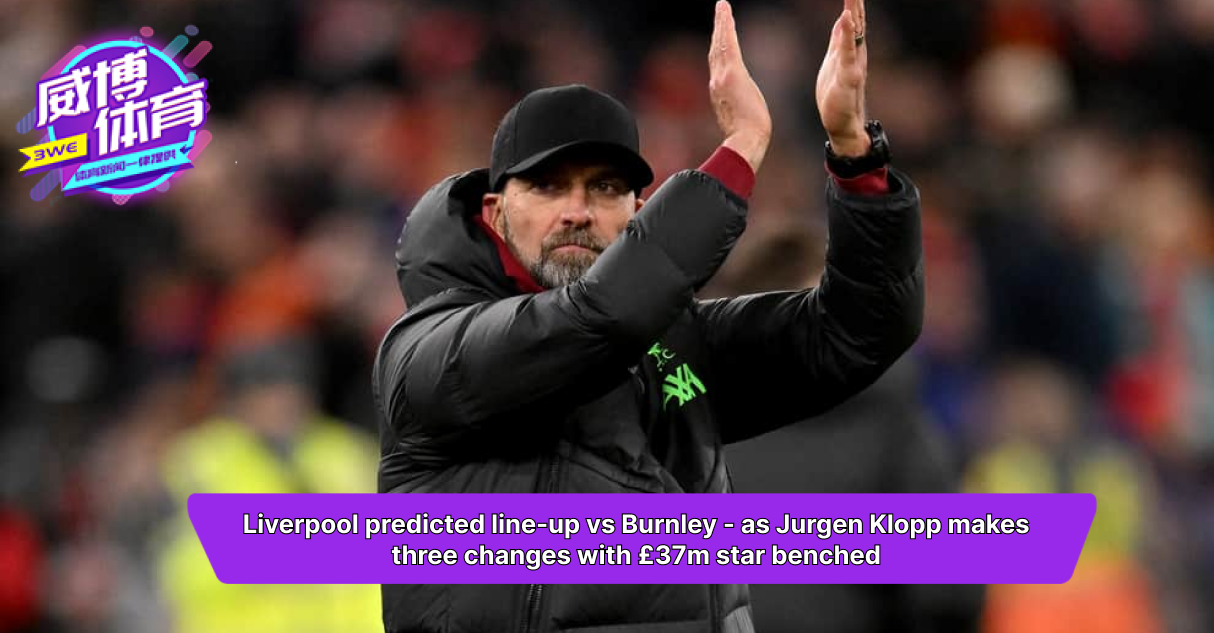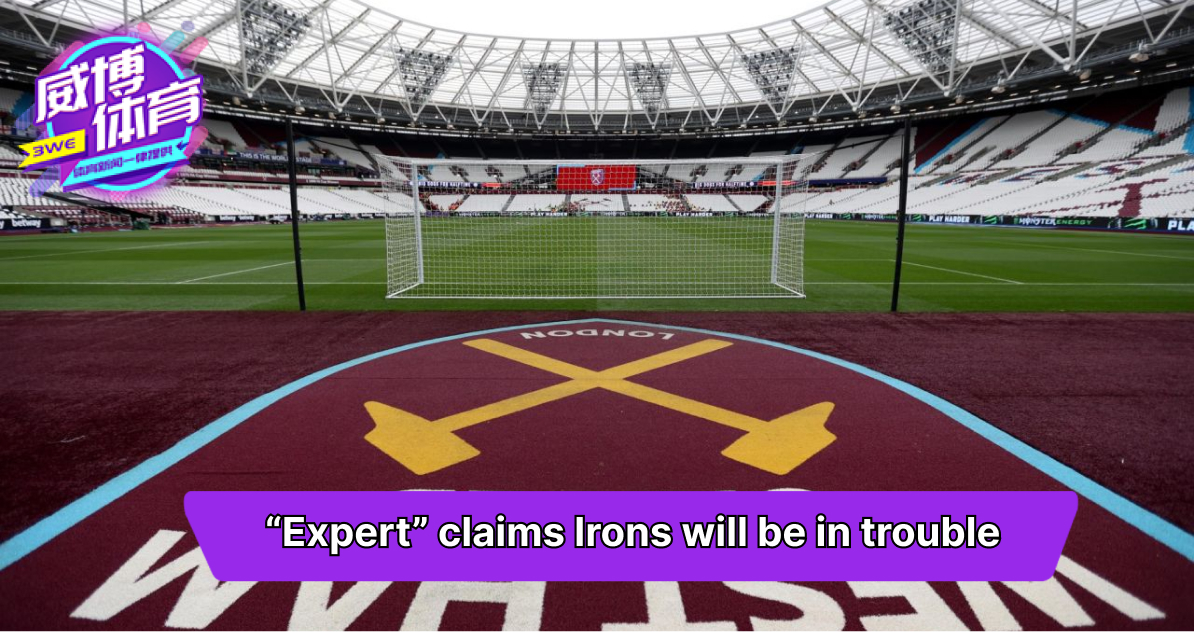Whichever way you cut it, Arsenal are now elite – here are the numbers to prove it

Almost any way you measure it, Arsenal got better this season.
Sure, they finished runners-up to Manchester City for the second year in a row, but their points total went up from 84 to 89, which would have been good enough to win half of the Premier League titles in the past decade.
Under the hood, their goal difference rose from 45 to 62, matching City’s figure for that metric, while their expected goal difference shot up half a goal per game to 48.9, and was comfortably the best in the league.
Arsenal are no longer just contenders — they are now genuinely elite.
The interesting thing about Arsenal’s rise is that, broadly speaking, their football didn’t change all that much.
For all of this season’s tactical experiments and new faces at key positions, by most high-level stylistic measures the Arsenal of 2023-24 were still following the winning template established last season — they just did it better.
On the ball, they still play a slow, positional style in a 4-3-3 that is narrow at the back and wide in the final third, forming sort of a reverse funnel. Off it, they favour a suffocating 4-4-2 that cuts off passing options with a high defensive line and aggressive man-marking in the middle.
And that’s all familiar enough.
Instead of a sea change, the story of this season was a subtle but important shift in the balance of power. Manager Mikel Arteta’s decision two summers ago to move central defender Ben White out to right-back, where he could push up in support of Martin Odegaard and Bukayo Saka, was a turning point.
This season, with Arsenal’s left side comparatively diminished by injuries and absences, the brilliant Saka-Odegaard-White triangle pulled the team’s centre of gravity sharply to the right.
The explosion of bright red in this season’s heat map above shows Arsenal took far more touches than other teams in the attacking right half-space, which is where Odegaard and Saka link up. When you’ve got two of the league’s brightest young talents playing off each other, like Michael Jordan and Scottie Pippen in the Chicago Bulls’ NBA heyday, it’s probably a good idea to feed them the rock.
The bigger story wasn’t just about quantity, though, but what they did with it.
Arsenal’s possession already leaned a little towards Odegaard and Saka last season, but the creative engine was over on the left flank, where Oleksandr Zinchenko, Granit Xhaka and Gabriel Martinelli punched through back lines to put in crosses for runners arriving from the right.
This season, that changed in a big way: not only did Arsenal play more passes from their right, but those passes were also much more threatening than those coming from the left wing.






